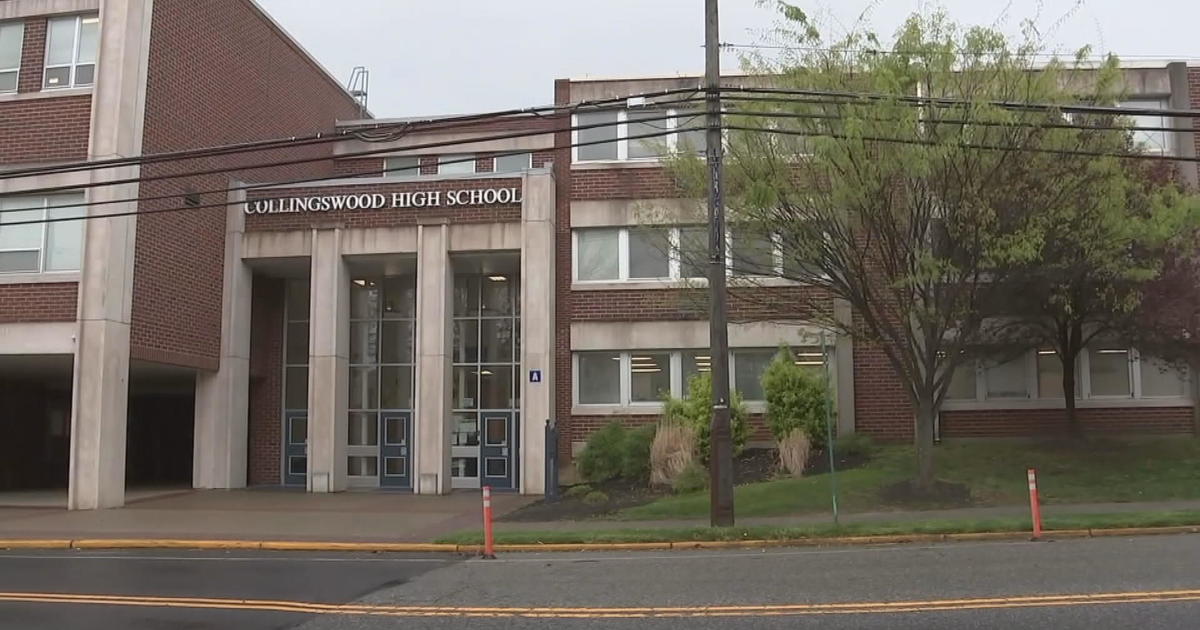Pa. Unveils New Grading System For Schools
PHILADELPHIA (CBS/AP) — Education officials unveiled a new grading system for Pennsylvania's public schools on Wednesday that they described as a tool for parents, administrators and the public to monitor and improve student achievement.
School Performance Profiles will offer academic ratings for each building based on a 100-point scale. Scores for all 3,200 traditional, charter, cyber and technical schools in the state will be available online beginning Sept. 30.
Acting Education Secretary Carolyn Dumaresq offered a preview of the rating system at a news conference and explained in detail how the figures are weighted and calculated. Buildings that score above 70 are considered to be satisfactory.
The new profiles replace the previous standard known as AYP, or adequate yearly progress, which was based solely on student math and reading scores. Pennsylvania is no longer required to use that benchmark since receiving a waiver from the federal No Child Left Behind law.
Schools are now judged on data including attendance, participation in standardized testing, graduation rates and closing the achievement gap. Ratings will be updated annually.
Forty percent of the score comes from exam results, while another 40 percent is based on how much progress students make in a given year. Exams include the Pennsylvania System of Student Assessment, or PSSAs, and high school Keystone tests in English, math and science.
Parents can use the ratings to compare academic options for their children, while administrators can use the data to set goals and allocate resources, officials said. The comprehensive profiles also include statistics like enrollment and dropout rates.
Dumaresq said she doesn't expect people to be surprised when the scores are released later this month. But she cautioned that some Keystone data would be skewed because the tests are new and harder than the PSSAs they replaced.
"Let's be careful we don't punish ourselves for reaching higher and adding more rigor," Dumaresq said.
A building's score will comprise 15 percent of teacher evaluations starting this year, and 15 percent of principal evaluations beginning in 2014-15.
A spokesman for the Pennsylvania State Education Association, the state's largest teachers union, noted the scores still heavily rely on test results. The ratings also don't account for funding cuts, which amount to $700 million below 2010-11 levels, spokesman Wythe Keever said.
"A child is much more than a standardized test score," Keever said in an email, "and a child's academic progress is much more than performance on these tests."
Officials noted schools can get extra credit for advanced achievement on standardized tests. Also, scores are adjusted proportionally for buildings that don't have data for a given category, such as a graduation rate at an elementary school.
Schools with large percentages of low-income students, known as Title I schools, will also receive labels of priority, focus or reward. Low-performing schools designated priority or focus will receive intervention and support; reward schools could be eligible for extra funding.
Steve Robinson, spokesman for the Pennsylvania School Boards Association, said it's hard to know how districts will react until the scores have been released. But some are heartened by the use of multiple performance measures.
"There's always concern when you're moving from one system to another," Robinson said.
(TM and © Copyright 2013 CBS Radio Inc. and its relevant subsidiaries. CBS RADIO and EYE Logo TM and Copyright 2013 CBS Broadcasting Inc. Used under license. All Rights Reserved. This material may not be published, broadcast, rewritten or redistributed. The Associated Press contributed to this report.)



